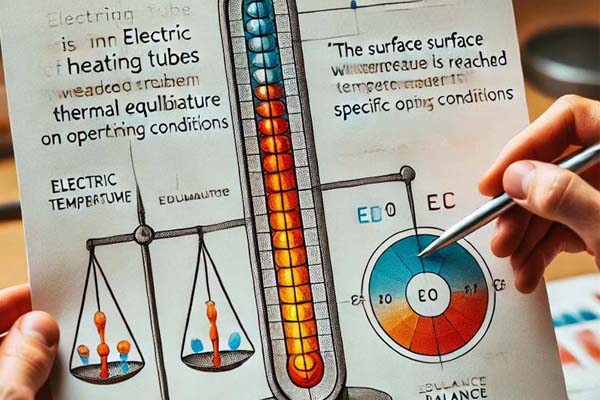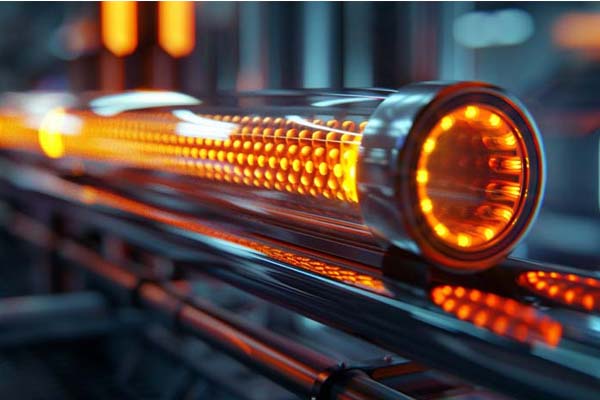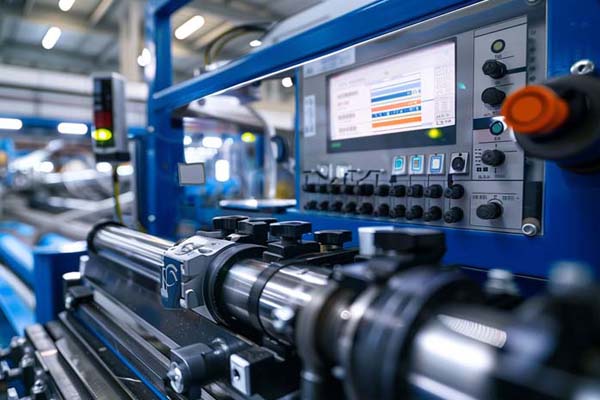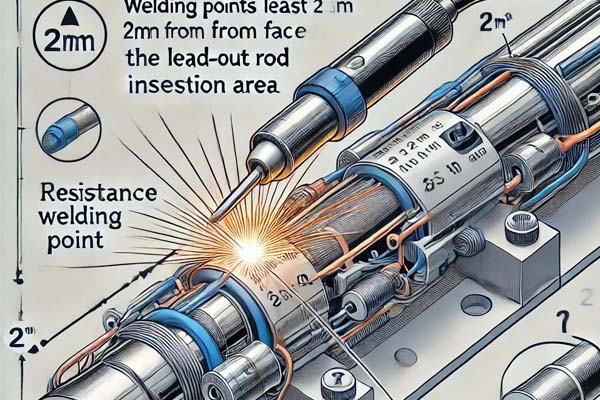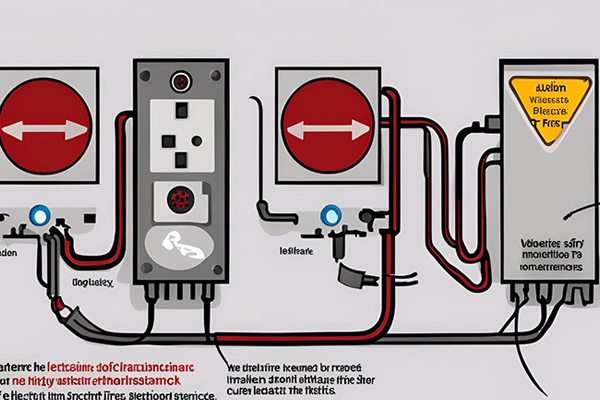As a core component of industrial heating elements, each step in the production process of electric heating tubes must be strictly controlled to ensure product reliability and lifespan. Among these steps, solid plug pressing and wire winding are critical.
Solid Plug Pressing
Solid plug pressing is a vital step in sealing electric heating tubes, directly affecting their sealing performance and durability. The standard process procedures for solid plug pressing are as follows:
1. Material Preparation:
– Solid plugs are typically made from high-temperature resistant, oxidation-resistant materials such as stainless steel or nickel-based alloys. The chemical composition and mechanical properties of the materials must be strictly checked to ensure they meet relevant standards.
– Inspect the inner diameter of the electric heating tube and the outer diameter of the plug to ensure the fit gap is within the specified range.

2. Cleaning and Drying:
– Thoroughly clean the inner and outer surfaces of the solid plug and the electric heating tube to remove oil, dust, and impurities. Methods such as ultrasonic cleaning or chemical cleaning can be used.
– Immediately dry the cleaned components to prevent residual moisture from affecting subsequent processes.
3. Preheating Treatment:
– Preheat the solid plug before pressing to bring its temperature close to that of the electric heating tube, reducing assembly stress caused by thermal expansion and contraction. The preheating temperature is generally between 100-150℃.
4. Pressing Process:
– Use a hydraulic press or a screw press to insert the solid plug into the end of the electric heating tube. Control the pressure and speed during pressing to ensure a tight fit between the plug and the tube.
– Maintain the coaxiality and perpendicularity of the plug during pressing to avoid sealing issues caused by misalignment.

5. Quality Inspection:
– After pressing, perform a gas tightness test and X-ray inspection to ensure there are no leaks or inclusions between the plug and the tube.
Wire Winding Process
Wire winding is a crucial step in forming the heating element during the manufacture of electric heating tubes. This process is highly demanding and technically complex. The standard wire winding process procedures are as follows:
1. Winding Material:
– Use nickel-chromium alloy wire or iron-chromium-aluminum alloy wire as winding materials. The diameter and resistivity of the wire must meet design requirements. The winding material must have good oxidation resistance and mechanical strength.
– Perform surface treatment on the alloy wire before winding to remove oxide scale and impurities.
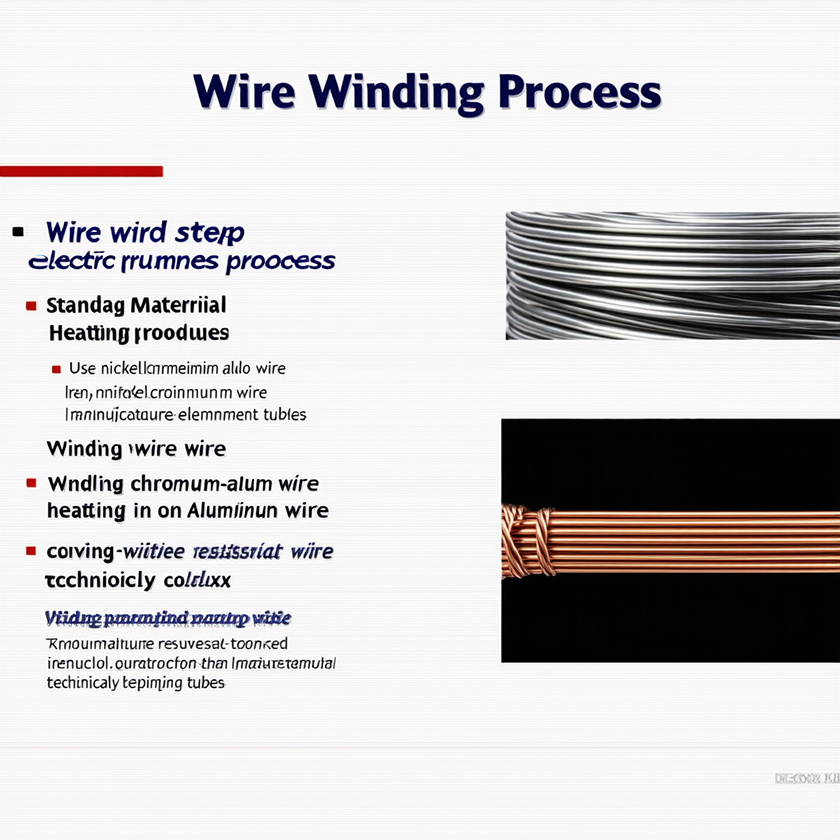
2. Winding Equipment:
– Use a dedicated winding machine for winding operations. The winding machine should have precise tension control and a stepper motor drive system to ensure uniformity and tightness of the winding.
– Monitor the winding process throughout to ensure the number of turns, pitch, and winding angle meet design requirements.
3. Winding Process:
– Strictly control the tension and arrangement of the coils during winding to avoid loose and cross-winding. Each turn should be tightly adhered, without overlapping or excessive gaps.
– After winding, fix the coils using spot welding or pressing rings to prevent the coils from loosening during subsequent processing.
4. Insulation Treatment:
– After winding, perform insulation treatment. This can involve applying high-temperature insulation varnish or wrapping with high-temperature insulation materials such as mica tape or fiberglass tape.
– After insulation treatment, perform drying and curing to ensure the integrity and stability of the insulation layer.
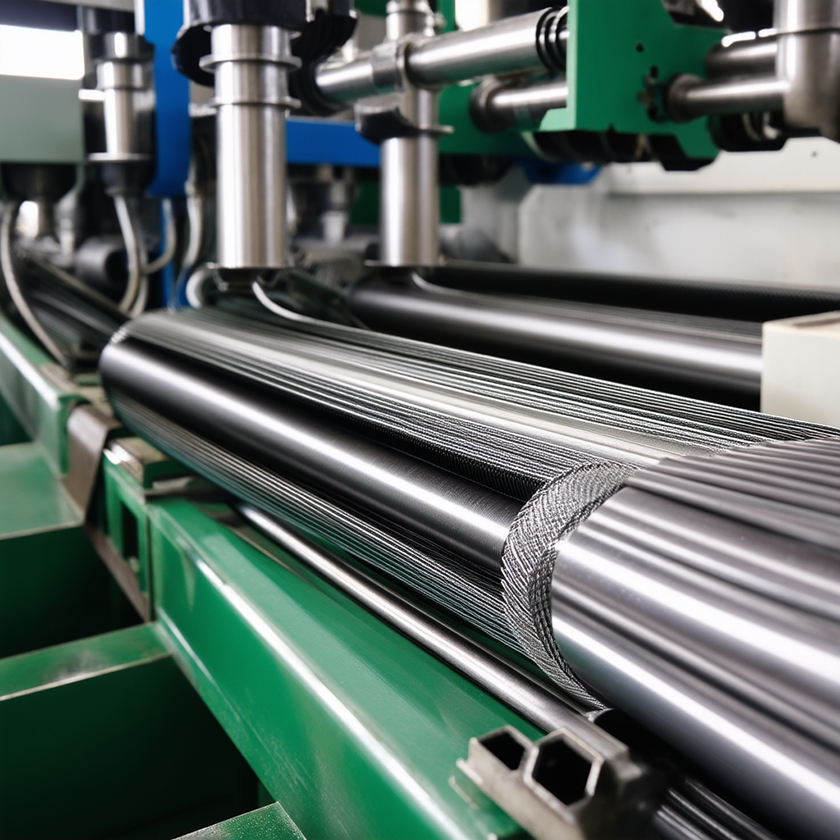
5. Electrical Performance Testing:
– Measure the resistance value and perform a withstand voltage test on the winding to ensure that the electrical performance meets design requirements.
– Conduct high voltage testing and leakage testing to check the insulation performance and withstand voltage capability of the winding.

Tongli Machinery, as a leading manufacturer of complete sets of automated electric heating tube equipment in China, has established an outstanding brand image in the industry with its wide range of products and strong R&D, production, and sales capabilities. Tongli Machinery has passed ISO9000 and CE certifications and holds several product patents, demonstrating its leading position in technological innovation and quality improvement. Its products not only occupy a significant share of the domestic market but are also successfully exported worldwide, earning wide recognition. Tongli Machinery continuously improves its after-sales service system, winning customers’ trust with high-quality products and services, and has become a leading enterprise in the electric heating tube equipment market. We sincerely welcome customers from home and abroad to join us in creating a bright future together.

